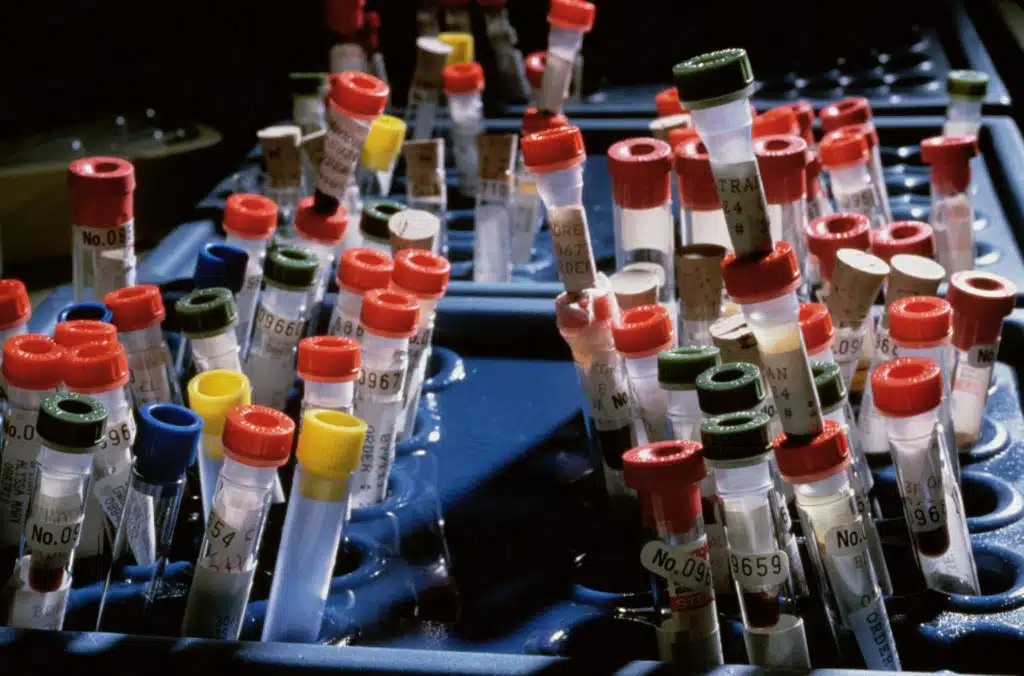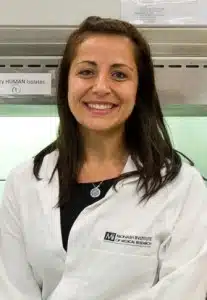Placental stem cells may hold the key to early prevention and the possibility of a cure for cerebral palsy, Melbourne scientists have found
Dr Tamara Yawno and her colleagues from Monash Institute of Medical Research have shown that stem cells derived from discarded placentas reduced brain injury in sheep with cerebral palsy (CP).
“The project’s initial positive outcomes are a vital first step in our understanding of whether stem cells track to the injured brain, reduce the fetal stress and inflammatory response to injury, and whether they also take on the properties of other brain cells at the site of injury,” Tamara says.
“Our group has been particularly interested in the use of placental stem cells because they are easily accessible, obtained from the discarded human placenta, and therefore do not have the limitations of adult and embryonic stem cells,” she says.
Brain damage that leads to cerebral palsy mainly occurs before birth. However, interventions are limited to physical therapies, which are used to reduce disabilities associated with CP. Many parents with CP children are looking overseas for stem cell therapy.
“Stem cells offer the potential for great therapeutic benefit for a number of debilitating human conditions,” Tamara says.
She says the next step is to understand the cell’s mechanisms of action with a view to progressing to clinical trials.






 Fresh Science is on hold for 2022. We will be back in 2023.
Fresh Science is on hold for 2022. We will be back in 2023.